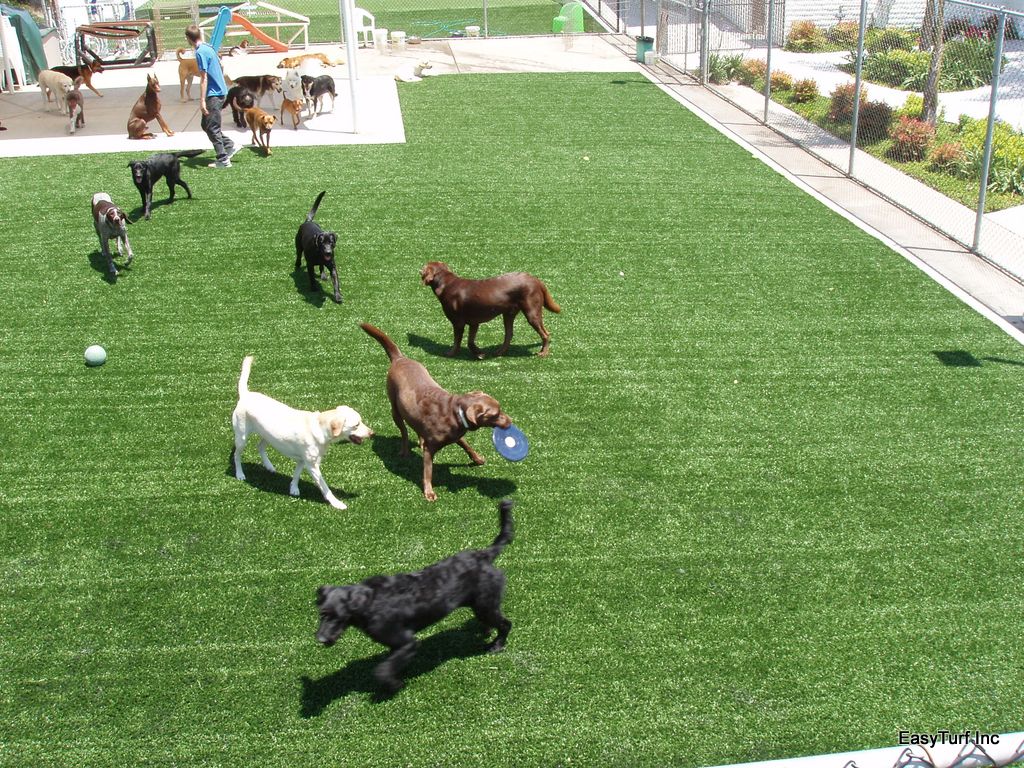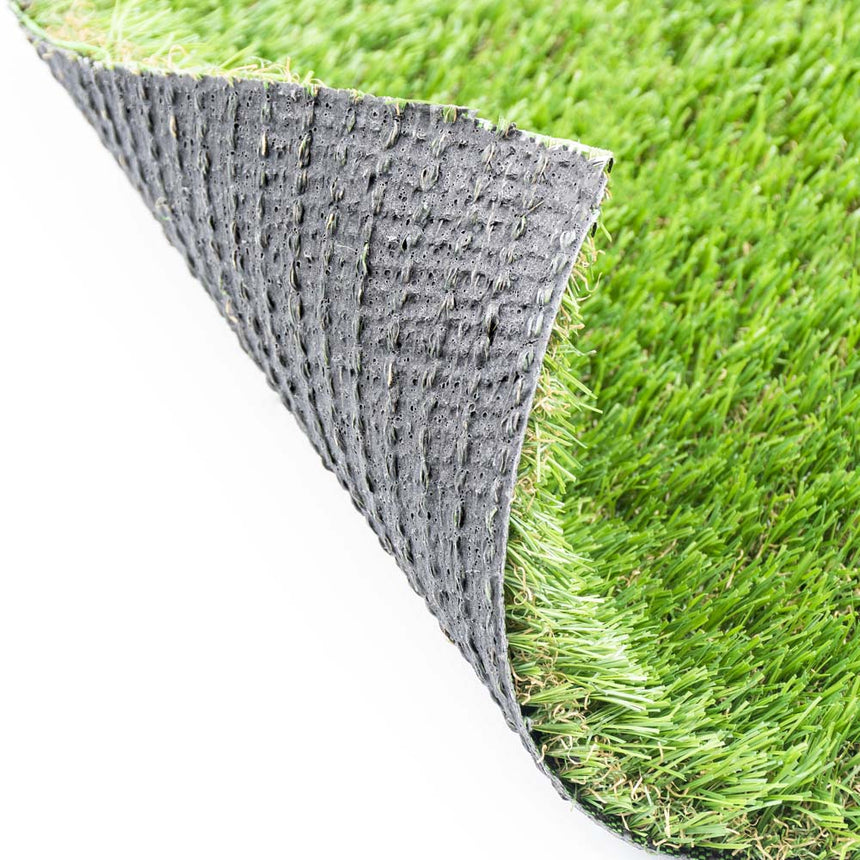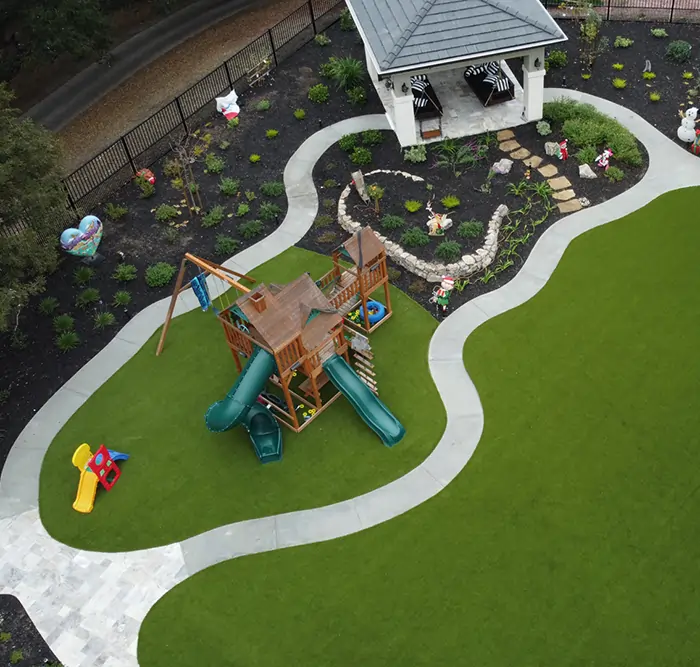Recognizing Exactly How Synthetic Grass Works for Your Home and Garden
Fabricated lawn has emerged as a sensible option for homeowners looking for to improve their exterior areas without the burdens of traditional lawn maintenance. Recognizing its make-up, installation process, and the numerous types offered can expose considerable benefits for both appearances and functionality. The ramifications of picking man-made lawn extend past mere appearance; they touch upon ecological considerations and long-term sustainability. As we check out these aspects, one have to take into consideration exactly how this cutting-edge method can basically alter the landscape of home horticulture. What variables should you evaluate before making the shift?
Advantages of Synthetic Grass
Acknowledging the growing appeal of artificial lawn, it is vital to explore its countless advantages. One of one of the most significant benefits is the decrease in maintenance demands. Unlike all-natural turf, synthetic grass does not require fertilization, watering, or mowing, which equates to time and cost financial savings for home owners. This low-maintenance alternative is specifically enticing in areas with restricted water resources, as it preserves water and reduces overall ecological impact (Arizona artificial grass).
Additionally, man-made grass provides a continually green and lush appearance throughout the year, regardless of climate condition. This aesthetic allure boosts the aesthetic quality of any kind of landscape, making it an appealing selection for residential homes. Furthermore, synthetic grass is durable and made to withstand hefty foot web traffic, making it a perfect service for family members with pet dogs and children.
Safety is an additional essential factor to consider; modern-day fabricated turf is usually made from safe products and incorporates shock-absorbing innovations, reducing the risk of injuries throughout play. Finally, fabricated turf is immune to weeds and bugs, eliminating the need for chemical treatments, consequently advertising a much healthier exterior atmosphere. Generally, the benefits of synthetic grass make it a compelling option for improving home and yard rooms.
Installation Refine Introduction
When taking into consideration the installation of synthetic grass, an organized strategy is necessary to guarantee optimal outcomes. The installment procedure typically begins with extensive site prep work, which includes clearing the area of any existing turf, debris, and rocks. This action is essential for establishing a stable and degree foundation.
Following, it's vital to examine the drain capabilities of the area. Proper drainage is essential to avoid water merging externally, which can lead to early wear or issues with mold and mildew. This might require excavation and the installation of a drain system if required.
As soon as the site is prepared, a base layer is installed, generally including crushed rock or disintegrated granite, compressed to develop a solid surface area. After achieving a smooth base, a geotextile material is put down to hinder weed development.
The last phase entails laying the man-made turf itself. The lawn rolls are put, cut to fit, and protected at the seams using specialized or sticky grass tape. Lastly, infill materials might be put on enhance security and improve the general look. Properly following these actions will certainly cause a long lasting and aesthetically pleasing fabricated lawn setup.
Types of Man-made Turf

One of the key categories is domestic grass, which is usually made use of in yards, backyards, and play areas. Industrial grass, on the other hand, is engineered for high-traffic locations, such as sporting activities fields and community parks.
One more category consists of landscape lawn, which mimics natural grass very closely to improve the aesthetic allure of yards and outside areas. In addition, putting environment-friendly turf is particularly created for golf fanatics, featuring a shorter pile height and a smooth surface area for an optimal putting experience.
Last but not least, pet-friendly grass incorporates sturdy products and antimicrobial buildings to guarantee a secure and hygienic setting for pets. Selecting the right kind of man-made grass is vital for accomplishing the designated look and capability in your house and yard.
Maintenance Demands
Appropriate maintenance is necessary for expanding the life expectancy and appearance of synthetic grass. Routine maintenance not just enhances aesthetic appeal however additionally makes sure optimal performance. The main maintenance jobs include brushing, rinsing, and examining the grass.

Washing the lawn with water helps remove debris, family pet, and dirt waste. Utilizing a hose pipe with a spray nozzle makes this job reliable and reliable. In areas susceptible to hefty rainfall, make sure appropriate drain to prevent merging.
In addition, routine examinations for problems, such as rips or loosened seams, are critical. Prompt repairs can avert a lot more substantial issues and maintain the stability of the turf. By adhering to these maintenance demands, home owners can enjoy the charm and performance of their fabricated grass for several years to find, ensuring a vivid and welcoming outdoor space.
Environmental Factors To Consider
Man-made grass offers an intricate array of ecological factors to consider that necessitate careful examination. Turf companies mesa az. While it reduces the requirement for water, plant foods, and chemicals, which are generally connected with natural turf maintenance, there are significant these details worries concerning its anonymous production, use, and disposal
The production of artificial turf involves petroleum-based materials, elevating inquiries regarding nonrenewable fuel source consumption and greenhouse gas emissions. The installation procedure frequently requires a layer of infill, regularly composed of products like crumb rubber, which can release harmful chemicals into the setting.

Disposal of fabricated turf presents one more challenge, as it is not biodegradable and can add to land fill waste. Some reusing alternatives exist, yet they are not commonly offered or easily accessible.
Conclusion
In recap, artificial lawn provides numerous benefits for domestic and garden applications, including aesthetic appeal, reduced upkeep, and safety and security for pet dogs and kids. The setup procedure calls for mindful factor to consider of drain, base materials, and turf positioning to make sure longevity and efficiency. Numerous kinds of synthetic grass accommodate various demands and choices, while environmental factors to consider highlight the original source its potential sustainability benefits. In general, synthetic turf acts as a sensible and eye-catching option to natural yard in outdoor spaces.
Generally, the advantages of man-made lawn make it a compelling choice for boosting home and garden rooms.
When taking into consideration the installation of man-made grass, a methodical strategy is necessary to guarantee optimal outcomes. The grass rolls are positioned, reduced to fit, and secured at the seams utilizing adhesive or specialized lawn tape. Appropriately complying with these steps will result in a resilient and visually pleasing man-made turf setup.
In summary, man-made turf provides various benefits for household and yard applications, consisting of visual allure, low upkeep, and safety for pets and youngsters.